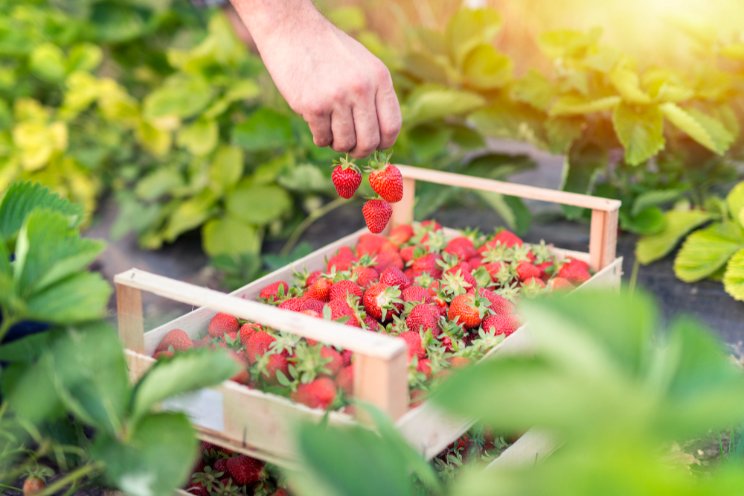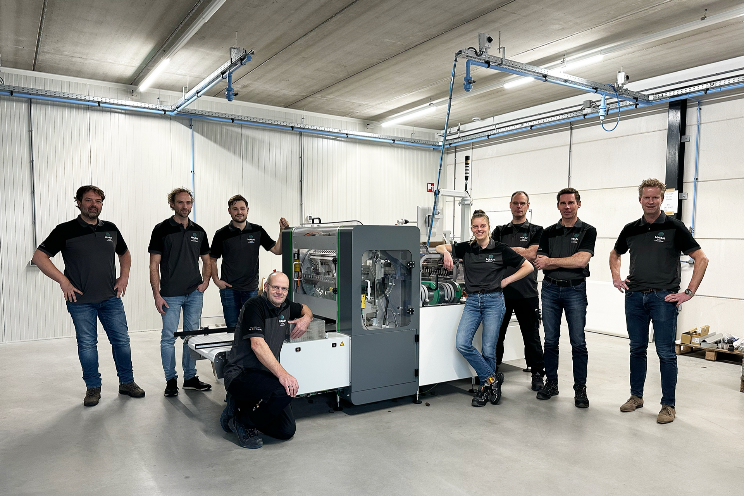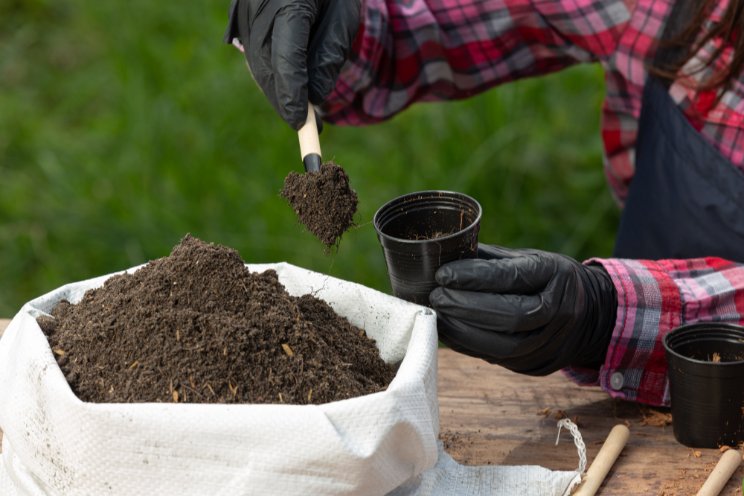Important research about plant & human health
Added on 11 February 2020

What if something else damaged leaves? Other researchers worked on strawberries, intentionally wounding the leaves a few days prior to harvest, and did find genetic changes in sugar movement and phenolic compounds (potential antioxidants) in the fruit.
Click here to watch the short video of "Margaret Lauterbach has the answer: What gardening zone are we in?"
Obviously, we don't have to wait for insect damage to increase plants' nutritive qualities. Antioxidants include vitamins and minerals, and other substances necessary to human health. Experts had long thought that might happen, since they've known for a long time that insect damage triggered a secondary metabolism in response to the damage, but until now they hadn't manually wounded leaves or looked into cellular changes elicited by damage.
Researchers in other areas of food production, such as farms, lately have been working with cereal grains in an effort to reduce their fertilizer demands. They know, as well as experienced gardeners know, that legumes (peas, beans, lentils, alfalfa and clover, for instance) can transfer nitrogen from the atmosphere to their roots to aid their own growth. These researchers, some based at Washington State University, want cereal crops to have that legume capability of converting atmospheric nitrogen to ammonia fertilizer instead of using so much man-made synthetic fertilizer, which is costly, expensive to apply and uses so much energy to produce.
Click here for more information.
Photo by Wander Fleur on Unsplash
Source: Idaho Statesman
More news















